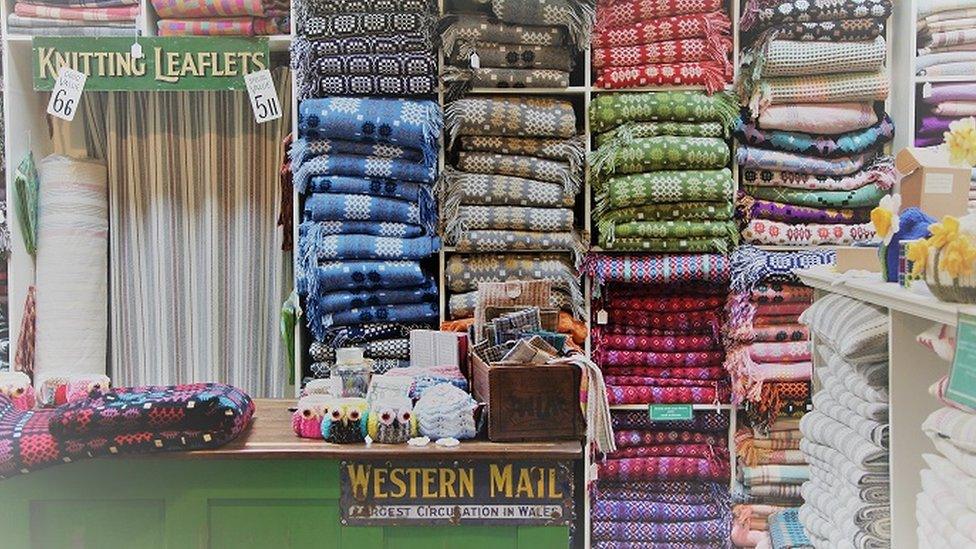Wales history: Industrial heritage stories from five key sites
- Published
From Blaenavon ironworks to Pontcysyllte aqueduct, Wales is famous for its industrial heritage. On Thursday, a cross-party group of MPs is holding a summit in London to discuss how to better promote the UK's industrial history, and preserve it for future generations. Here, we look at the stories behind some of Wales' lesser-known industrial sites.

1. World War Two munitions site, Monmouthshire

"This is one of the few examples of industrial heritage that was dominated by women," said Nick Thomas-Symonds
Wales may be known for its role in the industrial revolution, but it also played a pivotal part in World War Two. The Royal Ordnance Factory at Glascoed, near Pontypool, produced many of the shells and weapons used by the allies during the battle. In its heyday, the site - which is still partly in use - boasted nearly 700 separate buildings, 10 miles of roads and its own railway. The Labour MP for Torfaen, Nick Thomas-Symonds, chairs the all party parliamentary group on industrial heritage which has organised Thursday's summit. He said: "My own grandmother worked at Glascoed and this is one of the few examples of industrial heritage that was dominated by women. This needs to be popularised and seen."

2. Secret chemical weapons tunnels, Mold
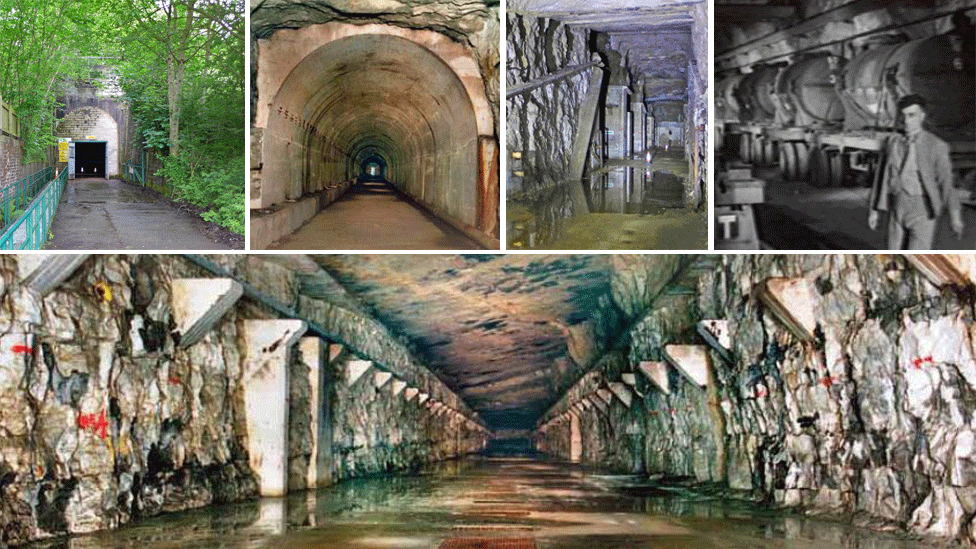
These former World War Two chemical weapons tunnels near Mold have been kept secret for decades. Based on a large site, they stored mustard gas in the 1940s and were used for early development into the atomic bomb. The Rhydymwyn Valley History Society began offering public tours last year. Chairman Colin Barber said: "We are currently taking around 1,000 people a year down the tunnels, but we would like this to be more. Specifically, we would like more children to come as the site is a wonderful mix of history, adventure and natural surroundings."

3. Scenic waterways linking the present to the past
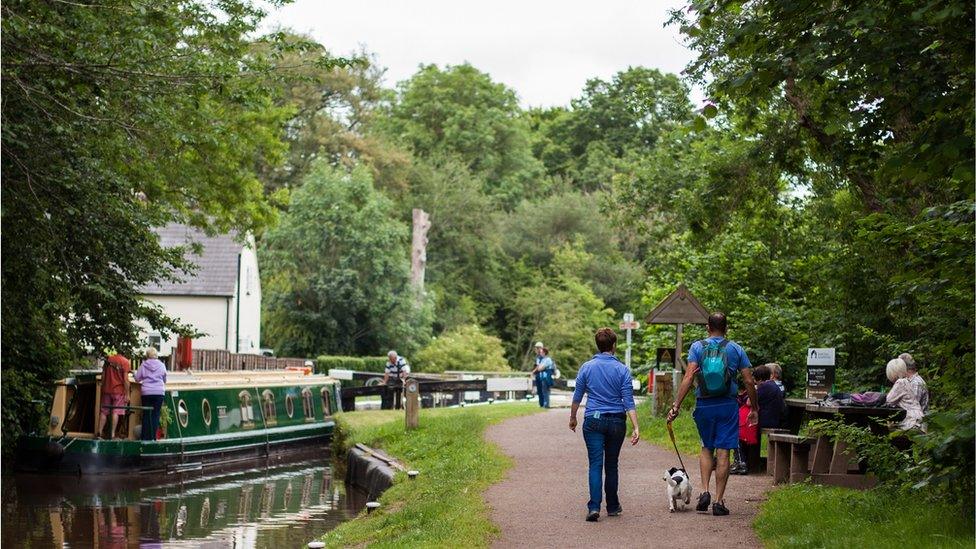
Like many canals across the UK, the Monmouthshire and Brecon canal was initially constructed to transport goods during the early industrial revolution. This canal now forms a tranquil waterway for tourists and barge dwellers. A recent regeneration project near Cwmbran has seen locked gates restored - not only to recognise the historic significance of the canal but also to help develop traditional skills today.
4. Porth Wen brickworks, Anglesey
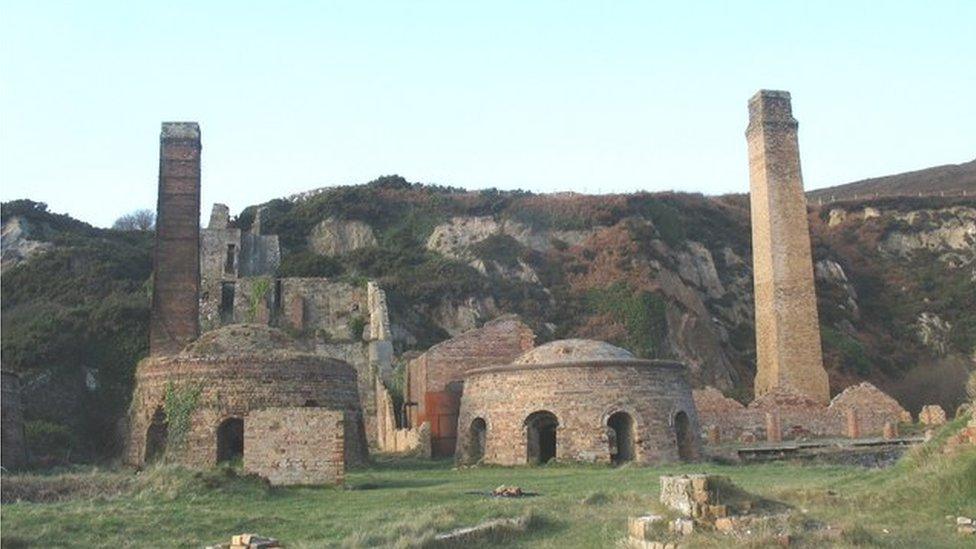
The Porth Wen brickworks produced fire bricks, made from quartzite, used to line steel-making furnaces
Walk the Wales coastal path around Anglesey and you will come across this industrial wonder - a disused Victorian brickworks found near Cemaes. In its time, the works produced "fire bricks" used to line steel-making furnaces. The remains include a number of buildings including a drying shed and kilns, but some of the works have been damaged by sea erosion.

5. Hafod-Morfa Copperworks, Swansea
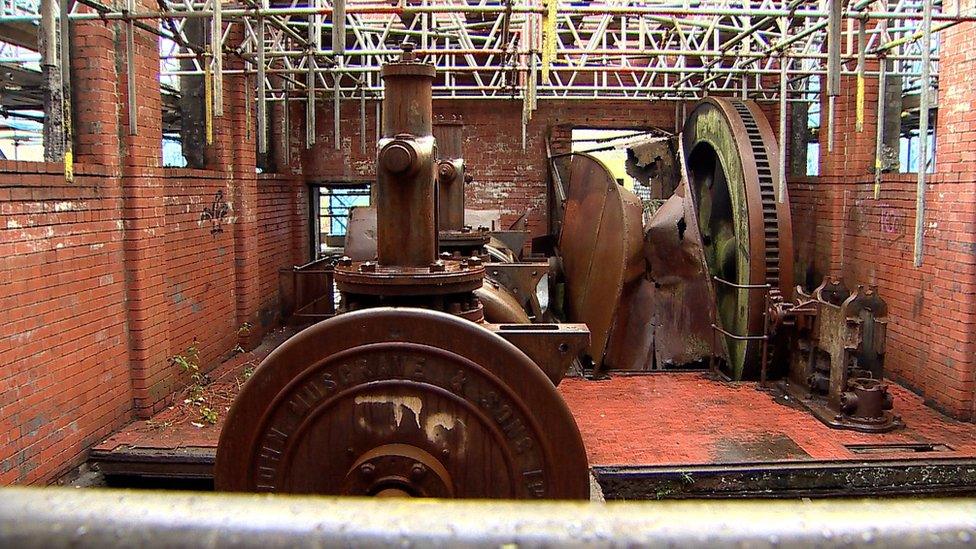
The Musgrave engine powered the mills
These copperworks were once the largest in the world, gifting Swansea the nickname "copperopolis". They closed in the 1980s after becoming economically unviable. Over the past decade, renovations have begun to restore the site's engine sheds to show visitors how they once worked. Access for visitors has already been improved and new pathways, an audio-visual trail and information panels have been added. Part of the regeneration includes that of the Musgrave engine which once powered the mills, and of the Grade II listed iron and timber Morfa bridge.
- Published13 December 2018

- Published21 May 2017
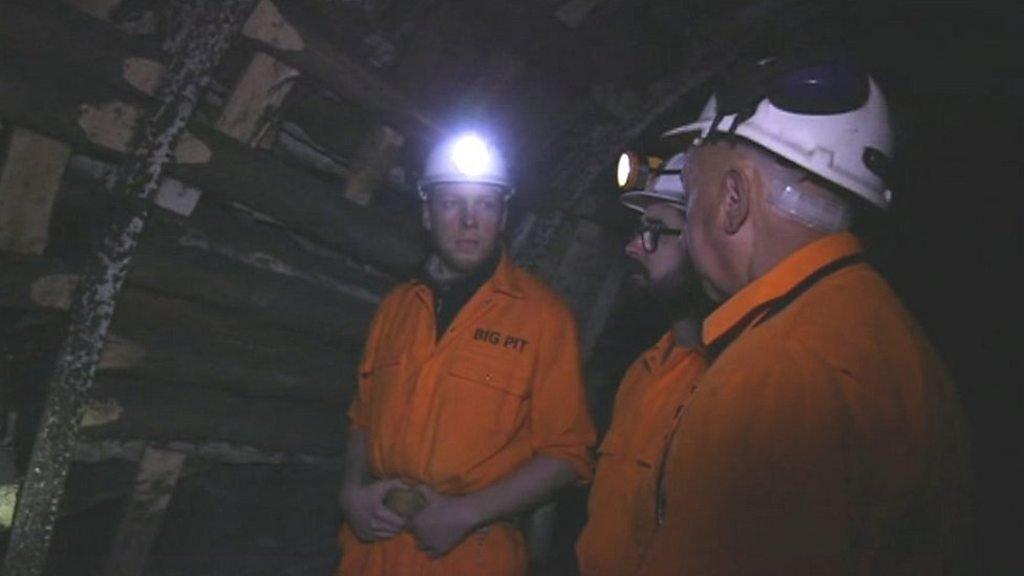
- Published26 June 2019

- Published25 September 2017
